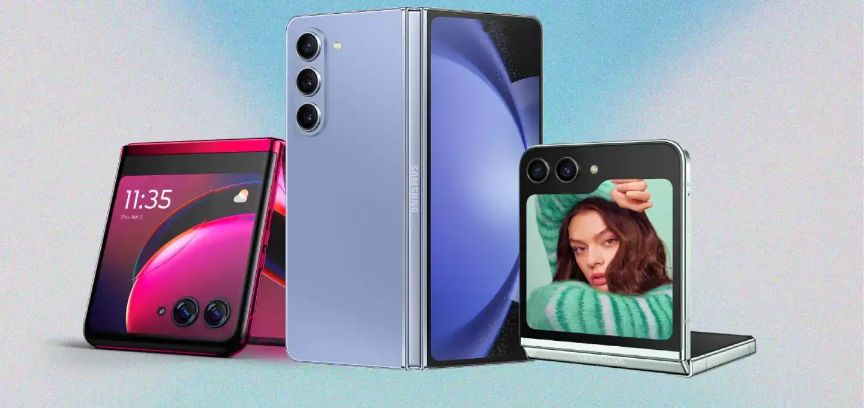Foldable Phones: The Future of Mobile Technology
2 min read
21 May 2024
Mobile technology has come a long way since the early days of brick-sized cell phones. Today, we hold powerful computers in the palm of our hands, capable of performing tasks that once required a desktop PC. While the candy bar-shaped smartphone has dominated the market for years, a new form factor is beginning to emerge as a potential game-changer: foldable phones. In this article, we'll explore the world of foldable phones, their key features, benefits, and how they might shape the future of mobile technology.
What Are Foldable Phones?
Foldable phones are a unique category of smartphones designed with flexible displays and hinge mechanisms that allow them to fold in various ways. Unlike traditional smartphones with rigid screens, foldable phones offer a more versatile and adaptable user experience. These devices can fold inward (like a book) or outward (like a map), providing users with a larger screen when needed and a more compact form when on the go.

Key Features of Foldable Phones:
- Flexible Displays: Foldable phones feature flexible OLED or AMOLED displays that can bend without damage. These displays are often made of specialized materials like ultra-thin glass or plastic polymers.
- Hinge Mechanisms: Hinge designs vary among manufacturers, with some employing complex multi-axis hinges and others using simpler hinges. These hinges are engineered to withstand thousands of folding cycles.
- Large Foldable Screens: When fully unfolded, foldable phones offer large screens that rival those of small tablets, making them ideal for tasks like multitasking, reading, and media consumption.
- App Continuity: Foldable phones are designed to seamlessly transition apps between folded and unfolded modes. This ensures that your experience remains consistent regardless of the screen configuration.
- Multi-Window Productivity: The larger screens on foldable phones make multitasking more efficient. Users can run multiple apps side by side, enhancing productivity.
- S-Pen and Stylus Support: Some foldable phones offer support for stylus input, making them suitable for creative professionals and note-taking enthusiasts.
- Healthcare: In healthcare, foldable phones could be used for telemedicine, enabling doctors to view medical records and images on a larger screen during remote consultations.
- Creativity: Foldable phones with stylus support open up new possibilities for digital art, design, and note-taking.
- Navigation and Maps: The larger screen of foldable phones can enhance navigation and mapping applications, making it easier to explore unfamiliar areas.
As technology continues to advance, foldable phones are poised to become a mainstream choice for consumers, particularly as prices gradually decrease and durability improves. Manufacturers will continue to innovate, addressing challenges and refining the user experience. In the coming years, foldable phones may become an integral part of our daily lives, shaping the way we work, play, and communicate in the digital age.



